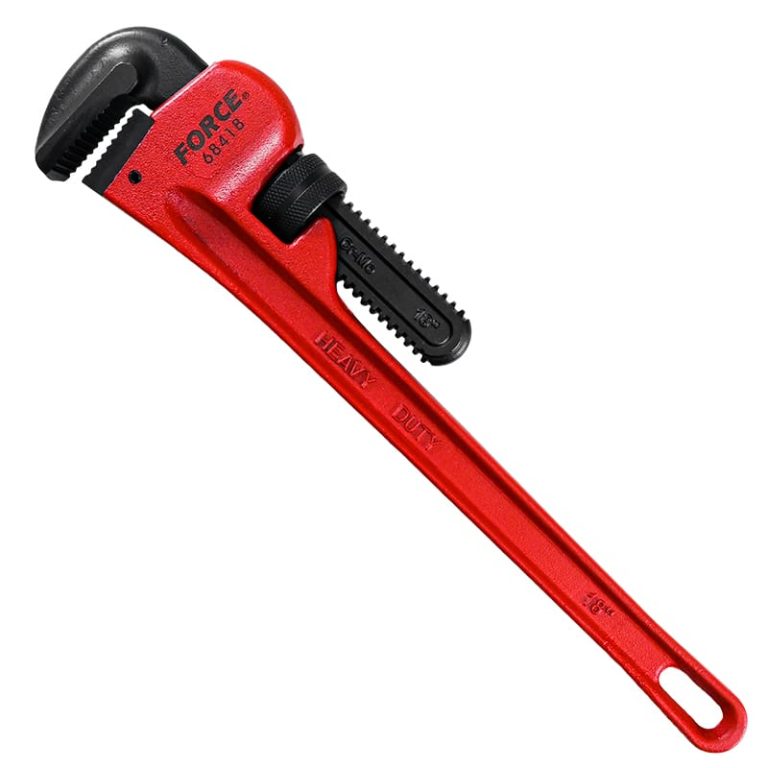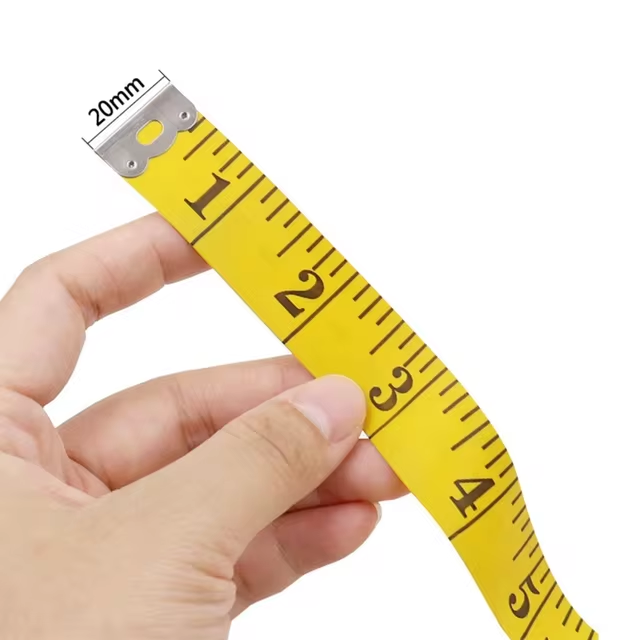
Measure Tape Reading: Beginner’s Guide to Measurements
Accurate measurements are the foundation of any successful project, whether you’re a professional builder, a DIY enthusiast, or simply measuring your living space for home improvements. One essential tool in achieving precise measurements is the measure tape. However, effectively utilizing a measure tape goes beyond just pulling it out and marking a length. This comprehensive guide delves into measure tape reading, exploring techniques, tips, and best practices to ensure you obtain accurate and reliable measurements every time.
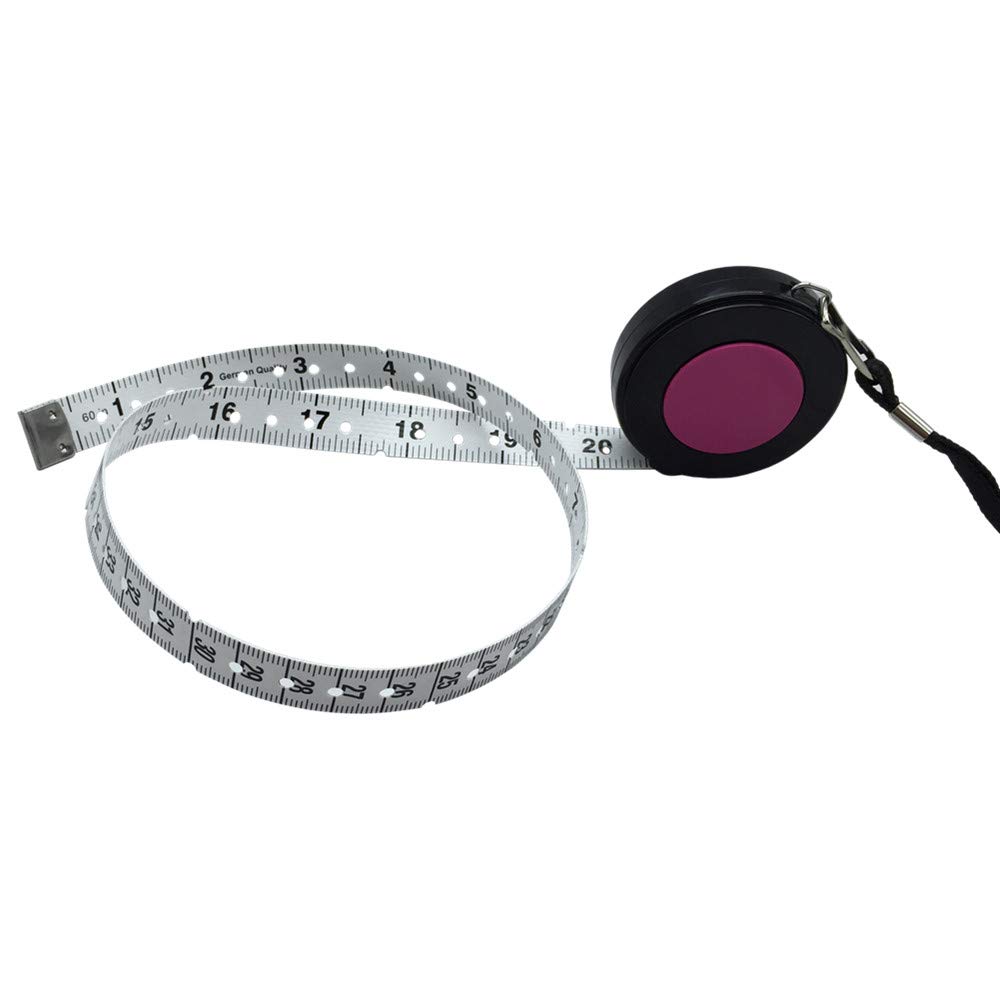 Understanding the Basics
Understanding the Basics
Before diving into advanced measurement techniques, it’s crucial to understand the fundamental aspects of measure tape reading. Knowing how to read and interpret the measurements accurately is the first step towards achieving precision in your projects.
Components of a Measure Tape
A standard measure tape comprises several key components:
- Tape Blade: Made of flexible metal or fiberglass, the blade is marked with measurement units, typically inches and centimeters.
- Lock Mechanism: This feature allows the tape to stay in place once extended to the desired length.
- Case: The housing unit that protects the tape blade and typically includes a belt loop for easy carrying.
- End Hook: The metal hook at the end of the tape ensures accurate measurements by accounting for the thickness of the hook itself.
Units of Measurement
Measure tapes usually display both imperial (inches, feet) and metric (centimeters, meters) units. Understanding these units and knowing how to convert between them when necessary is essential for precise measurements, especially in projects that require strict adherence to specific dimensions.
Techniques for Accurate Reading
Achieving accurate measurements with a measure tape requires more than just reading the numbers. Employing proper techniques ensures that your measurements are precise and reliable.
Ensuring the Tape is Straight
When taking measurements, it’s vital to keep the tape straight and taut. Any sagging or bending can lead to inaccuracies. For longer measurements, using a tape measure with a fiberglass blade can help maintain straightness, reducing the risk of errors.
Using Both Hands
For maximum control and accuracy, use both hands when extending and retracting the tape. One hand holds the beginning of the tape, anchoring it firmly, while the other extends it to the required length. This method minimizes movement and potential errors.
Accounting for the Hook
The hook at the end of the measure tape is designed to account for its own thickness. When measuring external dimensions, the hook typically adds approximately 1/16 inch to the length. If measuring internal dimensions, it’s essential to allow the hook to compensate to avoid overestimation.
Common Mistakes in Reading and How to Avoid Them
Even with the best tools, mistakes in measure tape reading can occur. Being aware of common errors and knowing how to prevent them can significantly improve the accuracy of your measurements.
Misalignment of the Tape
One frequent mistake is not aligning the tape correctly with the measurement start point. Always ensure the tape is perpendicular to the surface being measured to avoid angular distortion, which can lead to incorrect measurements.
Parallax Error
Parallax error occurs when the tape is not viewed straight-on, causing the numbers to appear distorted. To avoid this, keep your eye directly above the measurement mark, ensuring a clear and accurate reading.
Inconsistent Tension
Applying uneven tension while measuring can cause the tape to stretch or bend, resulting in inaccurate measurements. Maintain consistent tension throughout the measurement process to ensure reliability.
 Advanced Reading Techniques
Advanced Reading Techniques
For more complex projects, advanced measure tape reading techniques can enhance precision and efficiency. These methods are particularly useful for professionals who require meticulous measurements.
Measuring Curved Surfaces
Measuring curved or irregular surfaces requires careful handling to follow the contour accurately. Consider using a flexible tape measure designed for such purposes, allowing you to bend the tape around curves without compromising the measurement’s integrity.
Using Measurement Markers
Markers can be invaluable when taking multiple measurements or repetitive tasks. Using masking tape or chalk to mark specific points ensures consistency and saves time during project execution.
Leveraging Digital Measures
Modern advancements have introduced digital tape measures, which offer enhanced accuracy and ease of use. These devices often come with features like automatic locking and digital displays, streamlining the measure tape reading process.
Choosing the Right Measure Tape for Your Needs
Selecting the appropriate measure tape is essential for ensuring accurate and efficient measurements. Various types of measure tapes cater to different requirements and preferences.
Material Selection
Measure tapes are typically made from metal, fiberglass, or a combination of both. Metal tapes are durable and suitable for heavy-duty tasks, while fiberglass tapes are weather-resistant and ideal for outdoor use. Selecting the right material based on your project’s demands can significantly impact measurement accuracy and tool longevity.
Length and Width
Measure tapes come in various lengths, commonly ranging from 12 feet to 100 feet. Additionally, the blade’s width can affect ease of use and visibility. Longer tapes are necessary for large-scale projects, while shorter ones offer portability and convenience for smaller tasks.
Dual-Scale Tapes
Dual-scale tapes feature both imperial and metric units, providing versatility for projects that require measurements in different units. This feature is particularly useful for international projects or when working alongside professionals from different regions.
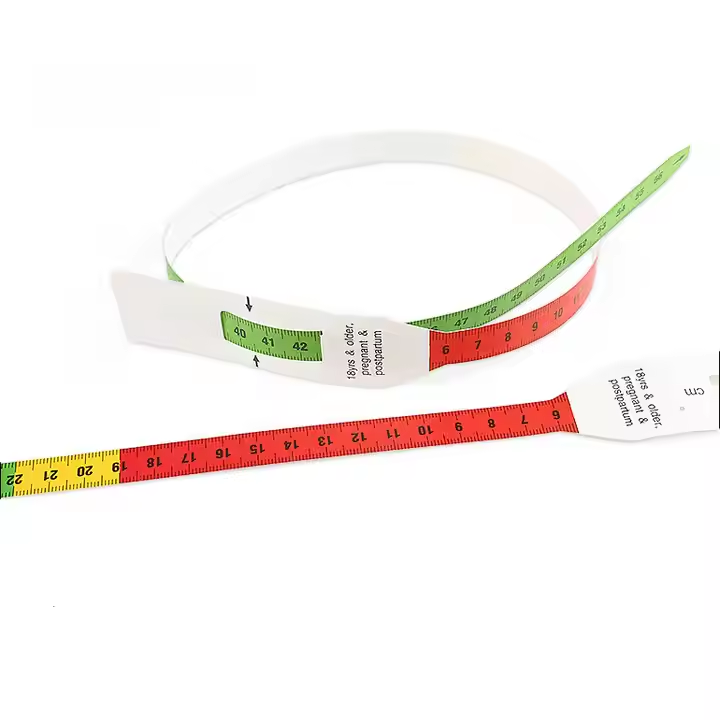 Maintenance Tips for Your Measure Tape
Maintenance Tips for Your Measure Tape
Proper maintenance ensures that your measure tape remains accurate and functional over time. Regular upkeep can prevent wear and tear, extending the tool’s lifespan.
Cleaning the Blade
After use, wipe the tape blade with a clean cloth to remove dirt and debris. This practice prevents buildup that can cause sticking or inaccuracies in measurements.
Checking for Damage
Regularly inspect the tape for any signs of damage, such as kinks, bends, or broken hooks. Damaged tapes can lead to unreliable measurements and should be repaired or replaced promptly.
Proper Storage
Store your measure tape in a dry, cool place, preferably in its case, to protect it from moisture and extreme temperatures. Proper storage prevents rusting and other forms of deterioration that can affect the tape’s functionality.
Enhancing Your Skills in Reading
Improving your measure tape reading skills involves practice and a deeper understanding of measurement principles. Here are some strategies to enhance your proficiency.
Practice Regularly
Consistent practice is key to mastering measure tape reading. Regularly measure various objects and spaces to build your confidence and accuracy.
Learn Measurement Conversion
Proficiency in converting between different units of measurement can streamline your workflow and reduce the likelihood of errors, especially when working on projects that require multiple measurement systems.
Study Advanced Mathematics
A solid grasp of basic mathematics, including fractions and decimals, can improve your ability to interpret and utilize measurements effectively. Understanding these concepts can aid in precise calculations and adjustments during projects.
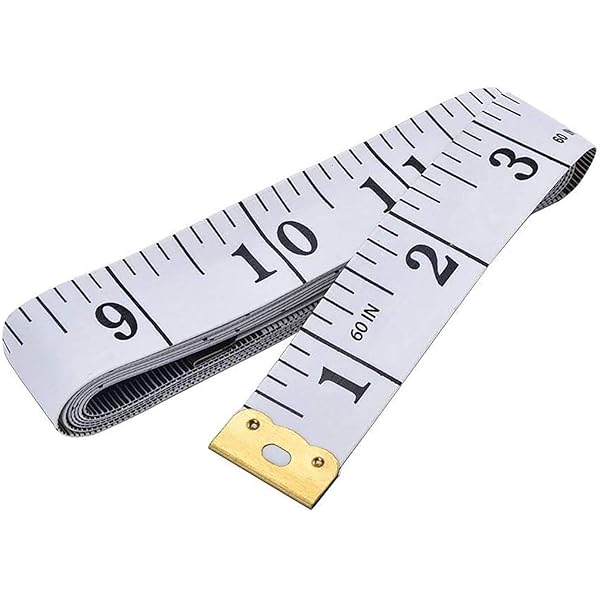 The Importance of Reading in Professional Settings
The Importance of Reading in Professional Settings
In professional environments, accurate measure tape reading is critical for ensuring the quality and success of projects. Whether in construction, tailoring, or design, precise measurements are non-negotiable.
Construction and Architecture
In construction and architecture, exact measurements are essential for structural integrity and design accuracy. Measure tape reading ensures that dimensions are met, materials are correctly cut, and overall project plans are faithfully executed.
Tailoring and Fashion Design
For tailors and fashion designers, measure tape reading impacts the fit and comfort of garments. Accurate measurements guarantee that clothing items meet clients’ specifications and uphold high-quality standards.
Interior Design and Home Improvement
Interior designers and home improvement enthusiasts rely on precise measurements to plan layouts, choose appropriately sized furniture, and execute renovations seamlessly. Measure tape reading ensures that spaces are utilized effectively and aesthetically pleasing outcomes are achieved.
Digital Tools and Innovations in Reading
Technological advancements have introduced digital tools that complement traditional measure tapes, enhancing accuracy and convenience.
Laser Measure Devices
Laser measure devices offer quick and precise measurements without the need for physical tapes. They are especially useful for measuring large distances and hard-to-reach areas, providing digital readings that minimize human error.
Smart Measure Tapes
Smart measure tapes integrate digital technology with traditional tapes, offering features such as Bluetooth connectivity, digital displays, and data storage. These innovations streamline the measurement process and facilitate easy data transfer for project documentation.
Mobile Apps for Measure Tape Reading
Several mobile applications simulate measure tape functionalities, allowing users to take measurements using their smartphones. While not always as accurate as physical tapes, these apps can be useful for approximate measurements and quick assessments.
Safety Considerations When Using a Measure Tape
While measure tape reading is generally safe, adhering to safety practices ensures that you avoid accidents and injuries.
Handling the Blade Carefully
The tape blade is sharp and can cause injuries if not handled properly. Avoid letting the tape snap back abruptly, as this can lead to cuts or punctures.
Using Protective Gear
When working in environments where the measure tape might come into contact with machinery or sharp objects, wearing protective gloves can prevent injuries and protect the tape from damage.
Storing the Tape Properly
Improper storage can lead to the tape becoming tangled or damaged, increasing the risk of accidents during use. Ensure that the tape is coiled neatly inside its case and stored in a safe location away from children.
Troubleshooting Common Reading Issues
Even with proper techniques, you might encounter challenges when reading a measure tape. Understanding how to troubleshoot these issues can help maintain measurement accuracy.
Tape Sticking or Binding
If the tape sticks or binds while extending or retracting, clean the blade and ensure there are no obstructions or debris. Regular maintenance can prevent this issue from occurring frequently.
Fading or Illegible Markings
Over time, the measurement markings on the tape may fade, making them difficult to read. Using a fine-tipped permanent marker to trace over the faded lines can restore visibility and maintain accuracy.
Hook Malfunctions
A malfunctioning hook can lead to inaccurate measurements. If the hook is bent or broken, consider repairing it or replacing the measure tape to ensure reliable measurements.
 Conclusion
Conclusion
Mastering measure tape reading is essential for anyone involved in projects that require precise measurements. By understanding the basics, employing accurate techniques, avoiding common mistakes, and utilizing advanced tools, you can ensure that your measurements are always reliable. Whether you’re a professional seeking to enhance your skills or a hobbyist aiming for accuracy in your DIY projects, effective measure tape reading is a fundamental skill that will elevate the quality and success of your work.
Embrace the practices outlined in this guide to refine your measure tape reading abilities. With consistent effort and attention to detail, you’ll achieve the precision needed to bring your projects to fruition seamlessly.
